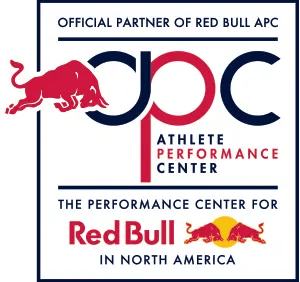As a parent, it’s hard to determine when a child’s injury is something that can be chalked up to growing pains and when it needs to prompt a visit to the doctor. It’s imperative that all parents learn to distinguish between the two so that they can get potentially serious conditions taken care of right away, and to that end, a new report has arrived which outlines those situations which should facilitate medical intervention, or at the very least, increased caution.
Parents should monitor their children’s everyday behavior, as something as simple as an alteration to their gait could be indicative of a spinal or joint issue that ought to be corrected at once. Try to gauge whether your child’s hips are symmetrical as they walk or if there’s a noticeable tilt in any direction. Also look to see if one shoulder is higher off the ground than another.
Pay attention to your child’s feet and legs as he or she walks. Do their knees have a tendency to point in one direction, or do they stay pointed straight ahead as they walk? If off-center, their future could hold a potential knee injury or ACL injury. The same goes for the feet. Parents should monitor whether the toes turn in or out as their children take a step. They also can look to see if it appears that a child is placing all their weight on the front of their feet as they step, as this indicates that they are unconsciously compensating for deficiencies with another part of the leg.
The first indicator that something may be awry oftentimes will simply be the child tripping excessively in a manner that can’t be attributed to general teenage gangliness. If this occurs, take a closer look at your child’s feet. Look out for their foot being placed completely flat against the ground while they stand, or the opposite, with the foot making an excessive arch. Either situation could at the very least require some type of corrective footwear. Also be on the lookout for bunions and hammertoes, which in typical cases should not manifest at this young of an age. When they do pop up, early correction is key to preventing lifelong issues.
Finally, pay attention to what your children are telling you. If they say they’re hurting, take them seriously rather than tell them to walk it off. If muscle spasms and cramps at any time of the day or night take place, and especially if they’re excessive to the point where they’re messing with a sleep routine, schedule a doctor’s appointment.
A qualified doctor will be able to determine if pain or abnormalities are something to be worried about or something that comes with growing up, but it’s always better to seek that professional opinion rather than chancing a longterm injury.
About the author




